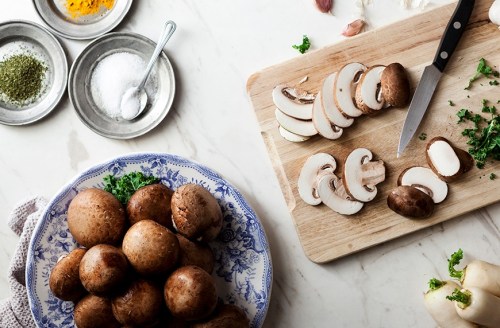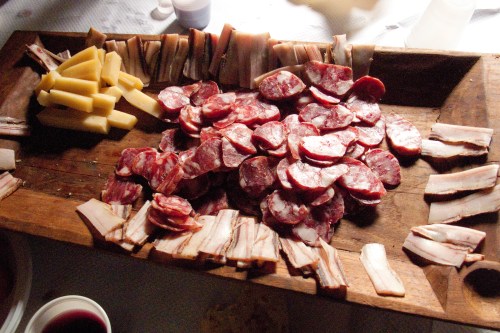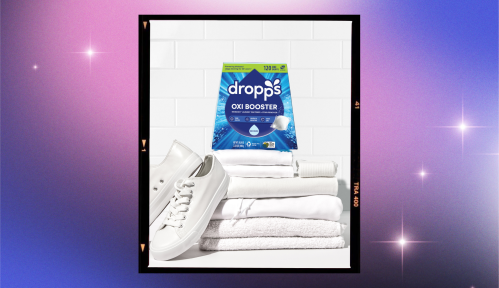Our editors independently select these products. Making a purchase through our links may earn Well+Good a commission
For some of us, a plant-based Thanksgiving is always better than a traditional Thanksgiving. If you ask me, turkey is highly overrated. When you take it out of the equation, there’s so much more room on your plate for all the side dishes smothered in brown gravy. To complete your plant-based holiday meal, you need the one thing your table has been missing: a bowl full of vegan mushroom gravy.
One bite of mushroom gravy and you’ll be hooked. Instead of drippings from the turkey, earthy mushrooms provide the base for a gravy that’s both healthy and super satisfying. It’s also incredibly easy to make.
Julie West, the food blogger behind The Simple Veganista, created a rich and creamy vegan mushroom gravy that only requires five ingredients. After cooking the mushrooms in olive oil, you simply add flour, vegetable broth, and some simple seasonings and let it simmer until it thickens. Trying to simplify your holiday menu? You can buy a store-bought version and save yourself the trouble. Imagine’s Vegan Wild Mushroom Gravy is found in most health stores, and it contains 10 calories, 0 grams of fat, and 170 mg of sodium per serving.
Whether homemade or store-bought, until you add mushroom gravy to your plate, you don’t know what you’ve been missing.
Adding a little color to your plate? Parsley is more than just a garnish:
If your family is confused about your eating plan, here’s how to deal with holiday food shaming. And if you want to impress everyone at the table, serve one of these holiday desserts.
Sign Up for Our Daily Newsletter
Get all the latest in wellness, trends, food, fitness, beauty, and more delivered right to your inbox.
Got it, you've been added to our email list.











